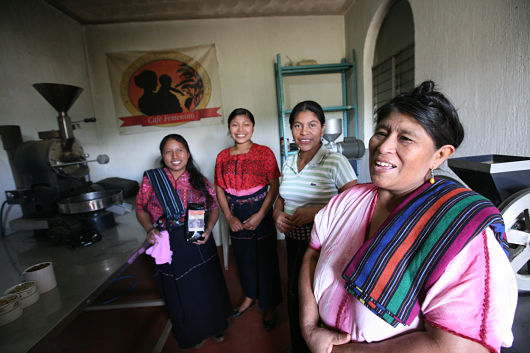
In recent years, businesses, wealth management firms and private investors have put increasing funds into impact investments, which aim to create positive social change for people in need. Gender lens investing, which is focused primarily on yielding benefits for women and girls, is becoming a higher priority for those making impact investments.
Gender lens investing works in a combination of three ways. First, investments increase the amount of funding available for female entrepreneurs. Second, funds can create employment opportunities for women while supporting companies that hire women, particularly in leadership positions. Third, gender lens investing can be used for companies that help women through products or services. Microfinance initiatives, such as providing clean-burning stoves to women in Africa and Latin America, and job training initiatives, such as training women in Southeast Asia to sew, are examples of gender lens investing.
Gender lens investing promotes gender equality, which promotes economic growth. Gender equality through economic growth is a key tenet of development finance. Empowering women through employment provides families with more income to meet health care, nutrition and safety needs that can be a burden on families, especially those in poverty. In Latin America, for example, there was a 30 percent reduction in extreme poverty between 2000 and 2010 following the growth of women’s income.
Investing in women fighting to get themselves and their families out of poverty is an essential strategy to make progress in the movement against global poverty. The gap between men’s and women’s income, while present in the developed world, is significantly larger in developing countries. For example, there is a $287 billion credit gap for female entrepreneurs owning small and medium enterprises, primarily in Latin America. Supporting these women through gender lens investing makes a statement towards gender equality and women’s empowerment in conjunction with providing more social mobility for impoverished families.
Wealth management firms, investors and companies worldwide are paying attention to this disparity, which is a critical step toward making significant change for women around the world. A 2015 survey by The Global Impact Investing Network, a nonprofit advocacy group, found that one third of those surveyed were interested in gender lens investing domestically and abroad. The Global Impacting Investing Network tracks 300 funds, and 130 of these have taken part in gender lens investing. Veris Wealth Partners, a wealth management firm, has utilized $800 million for impact investments; gender lens investing is the number one strategy.
Some investors may be concerned or put off by the possibility of reduced financial returns that may be part of gender lens investing, especially in comparison to more high-risk, traditional investments. However, with gender lens investing comes an increase in the quality of life for many, specifically through the reduction of global poverty, a reduced disparity in men’s and women’s incomes and the empowerment of women. Both now and further down the line, as has been true for previous investments in international development, gender lens investing has the capacity for significant social change.
– Priscilla McCelvey
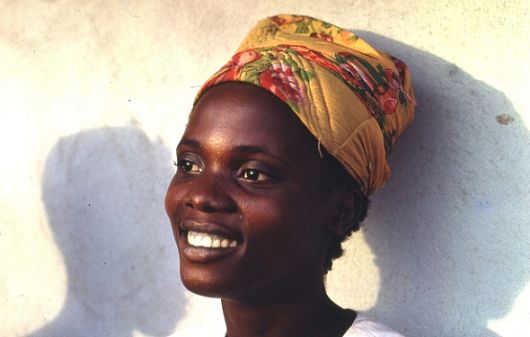
 Youth pregnancies in
Youth pregnancies in 
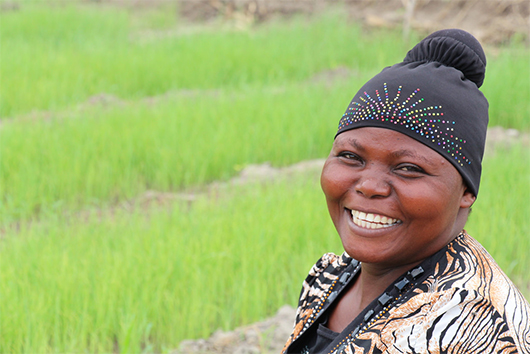
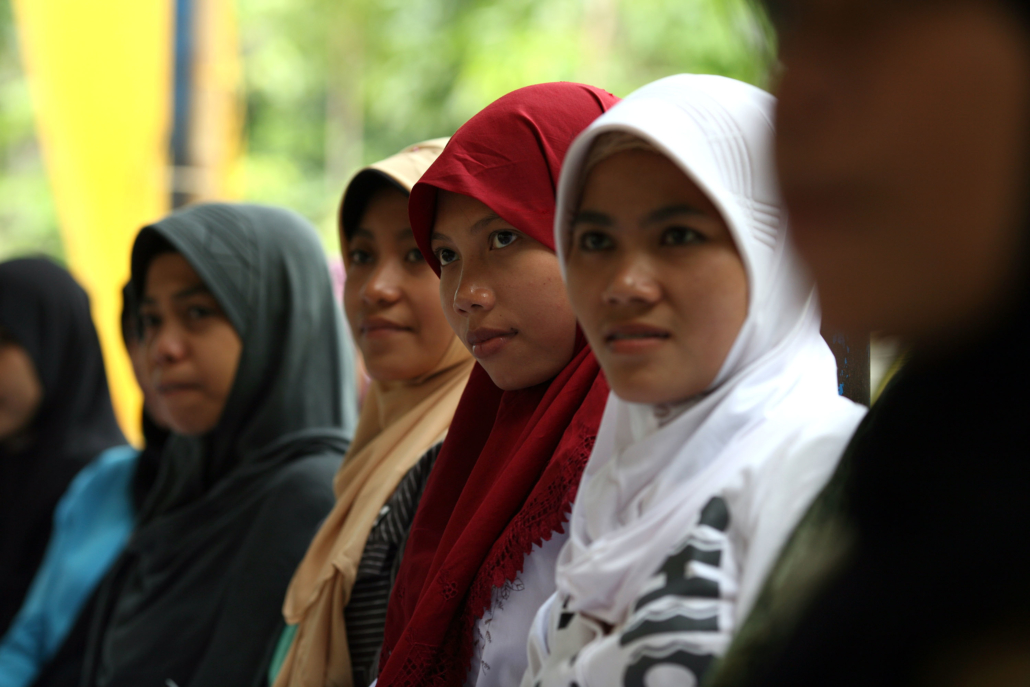
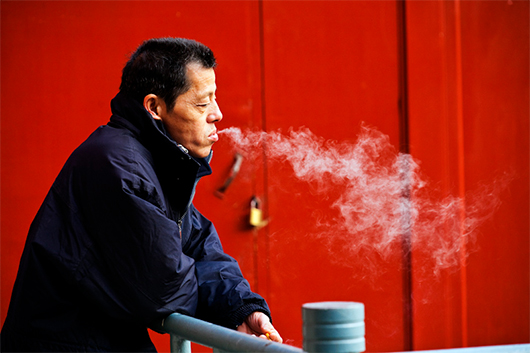


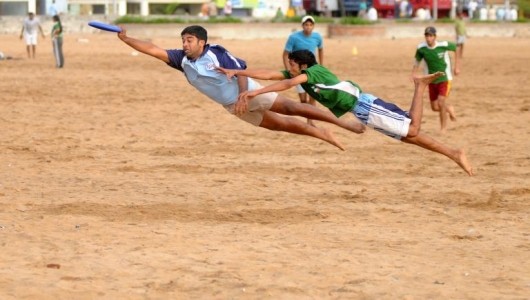 Ultimate frisbee has been adopted in the slums of India as a team-building exercise to encourage unity and prosperity. The Bill & Melinda Gates Foundation sponsored the Sundance Institute Short Film Challenge in 2015, which gave immediate attention to “175 Grams,” a movie about ultimate frisbee and the team united by the sport.
Ultimate frisbee has been adopted in the slums of India as a team-building exercise to encourage unity and prosperity. The Bill & Melinda Gates Foundation sponsored the Sundance Institute Short Film Challenge in 2015, which gave immediate attention to “175 Grams,” a movie about ultimate frisbee and the team united by the sport.